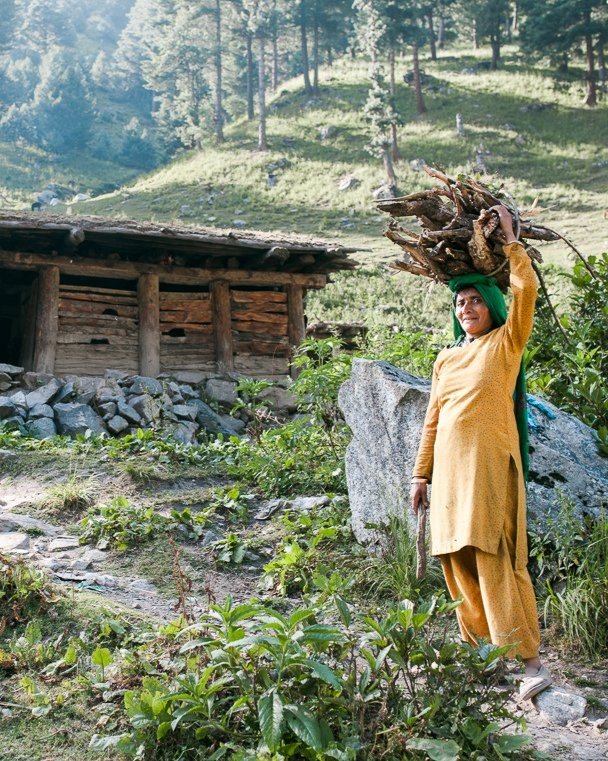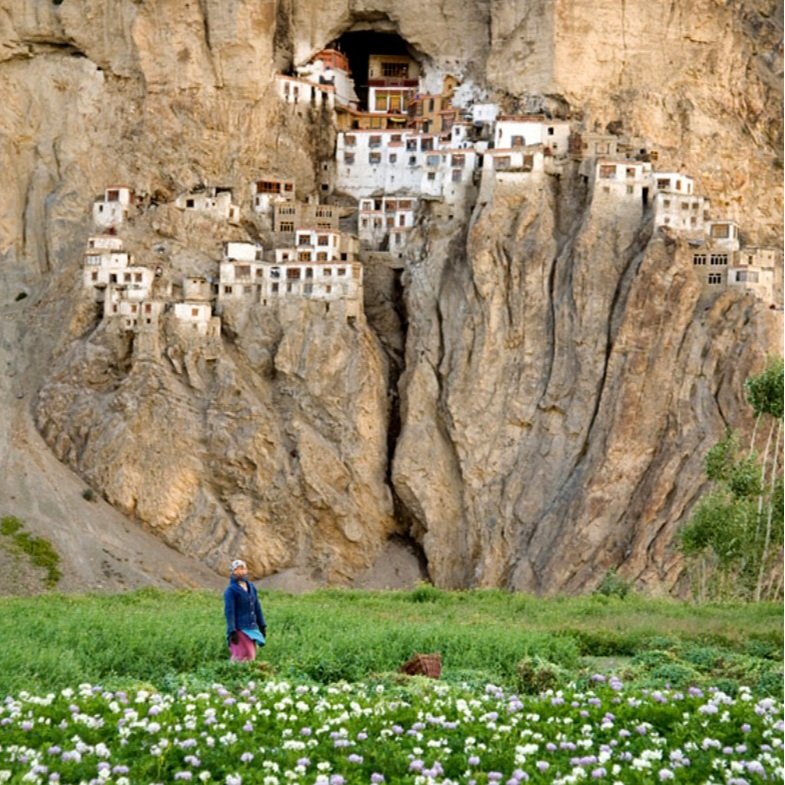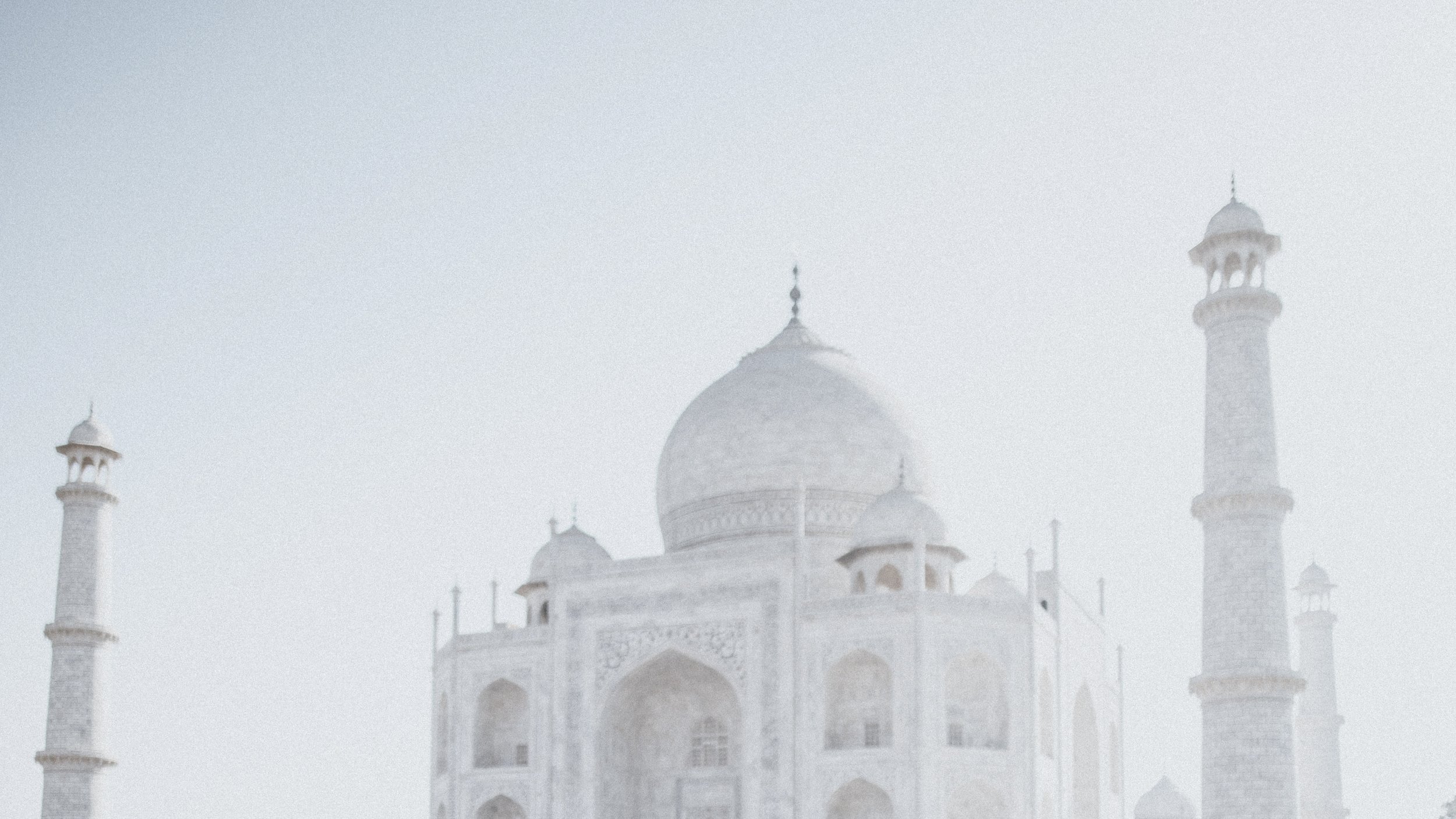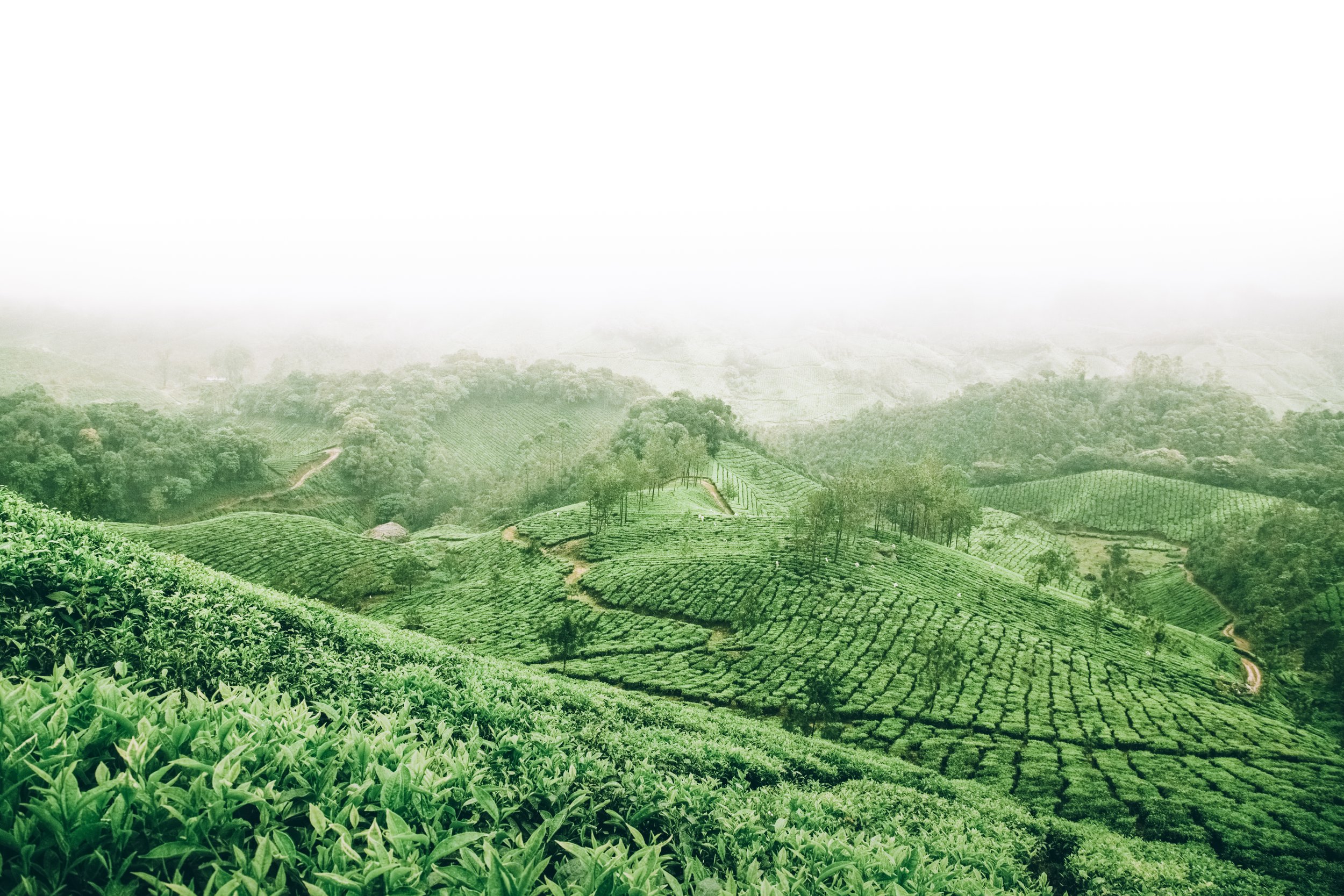Kashmir & Ladakh
Kashmir & Ladakh
Deep green valleys and high barren plateaus paint a contrasting landscape of this mountainous land, which formed a major caravan trade route in ancient times and whose influence is still apparent today in its distinct cultural heritage, different from any other region of the Indian sub-continent.
Nestled between the Himalayan and Karakoram mountain ranges, the region of Kashmir makes up two-thirds of India’s northernmost state, the Pakistani provinces of Gilgt-Baltistan and Azad Kashmir, and the Chinese regions of Aksai-Chin and Trans-Karakoram Tract. After more than 20 years of civil unrest, Kashmir is now enjoying relative peace, making it possible to travel to again.
Throughout history, Kashmir’s strategic location at the crossroads of the silk road saw it come under the influence of different empires and religions, most significantly Buddhism, Islam and Hinduism. All these nuances have left a visible trait on the culture and mystical traditions of Kashmir, while the majestic beauty of the landscape has remained untouched.
From cloud-scraping mountains and vast blue lakes, to wild lavender fields in between, Kashmir is a land that dramatically surrenders to the changing hues of the seasons. Kashmir’s unspoiled natural beauty and rich history have yielded extraordinary literature, spirituality and craft work that seek to immortalize this unique synthesis of culture and history, and make discovering this wonderful place an unforgettable revelation.
Srinagar
Sitting on the shores of the majestic Dal Lake, Kashmir's summer capital is home to some of the best-kept art disciplines and architecture relics of the Ancient Silk Road.
Naranang
Naranang is one of the less-explored valleys of Indian Kashmir. Cloaked in rolling hills and meadows, its is a pristine location for nature walks and trekking.
Pahalgam
A hill-station in the Lidder Valley, Pahalgam is often transited by the nomadic Gujjar-Bakarwals, known for their traditional cattle-herding lifestyle and colourful crafts.
Leh
The capital of the ancient Himalayan Kingdom of Ladakh, Leh is a charming town dotted with stupas, ancient palaces and bohemian make-shift cafes filled with locals and adventure lovers alike.
Gulmarg
Wild, raw and ungroomed, Kashmir’s Gulmarg calls for those who really want to go off-piste in some of the highest skiable peaks in the world.
Zanskar
Hues of brilliant blue and dusty brown paint the isolated region of Zanskar, best explored trekking and river rafting along Tibetan-style monasteries perched on vertiginous cliffs.
Nubra Valley
A high-altitude cold desert surrounded by glaciers, Nubra's uniquely moon-like landscape was once a heavily transited point on the Ancient Silk Road.
Changthang
The Pashmina Plateau is a dry, barren land home to the nomadic Changpa people, herders of pashmina sheep and Tso Moriri, one of the largest high-altitude lakes in the world.
Despite being within the same state, Kashmir and Ladakh are two worlds apart when it comes to climate. Weather and temperatures are dictated by the surrounding Himalayas and altitude of each region. The valleys of Kashmir enjoy a moderate climate with the four distinctive seasons of Autumn, Winter, Spring and Summer. On the other hand, Ladakh is situated on a high-altitude plateau, where the mercury sways between the extremes of freezing cold and scorching heat, remaining arid and dry throughout the year. Both Kashmir and Ladakh come to life during the months of Spring and Summer with pleasant temperatures and numerous cultural festivities.
CLIMATE
Region Dependent
WHEN TO GO
May - September
TIMEFRAME
7+ Nights
VISA REQUIREMENTS
Electronic Visa
LANGUAGE
Hindi, Urdu, Ladakhi
CURRENCY
Indian Rupee
Start Planning
Our dedicated team of travel experts is ready to help you tailor this journey to your exact preferences and needs.
EXTEND YOUR JOURNEY













